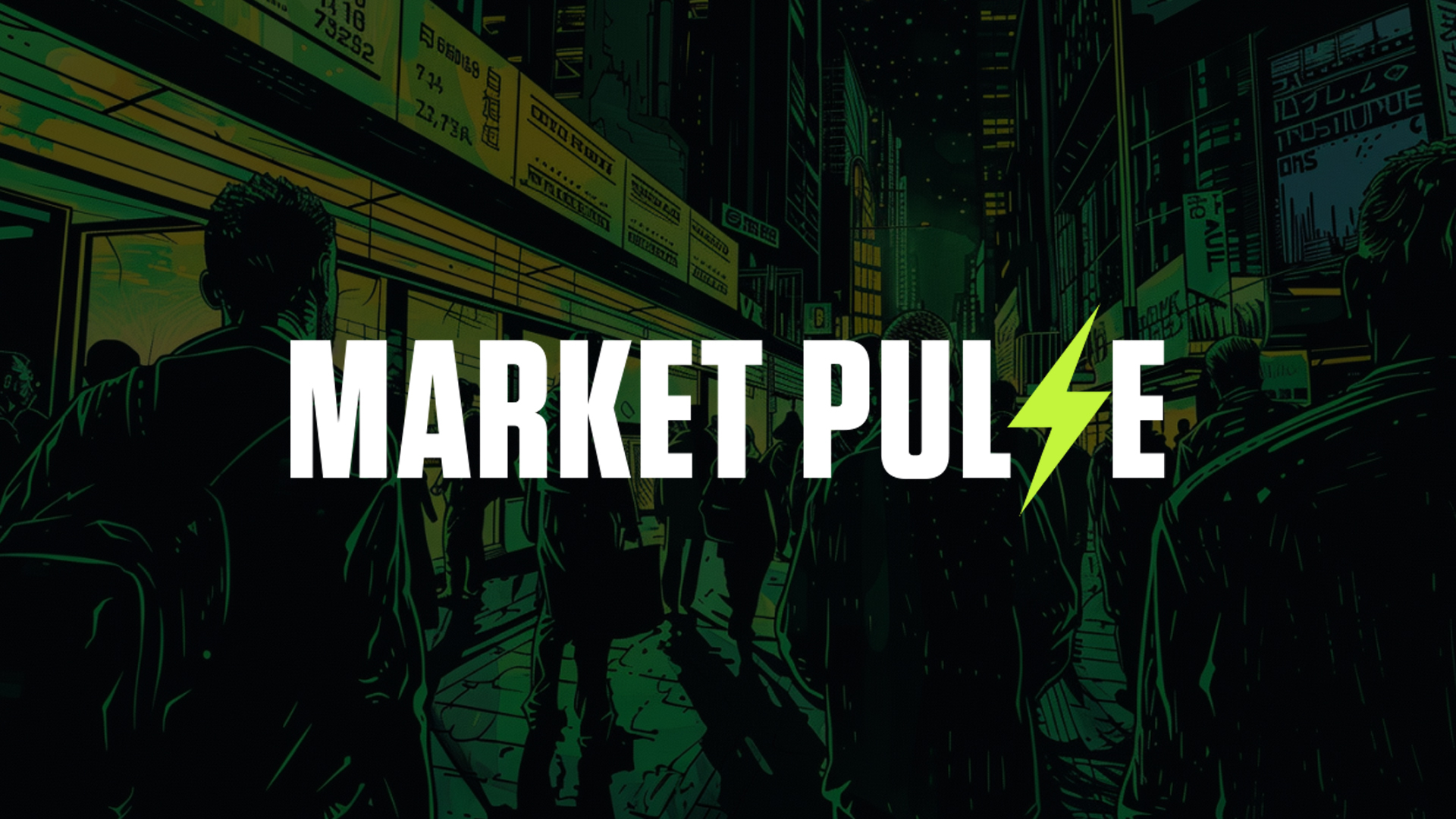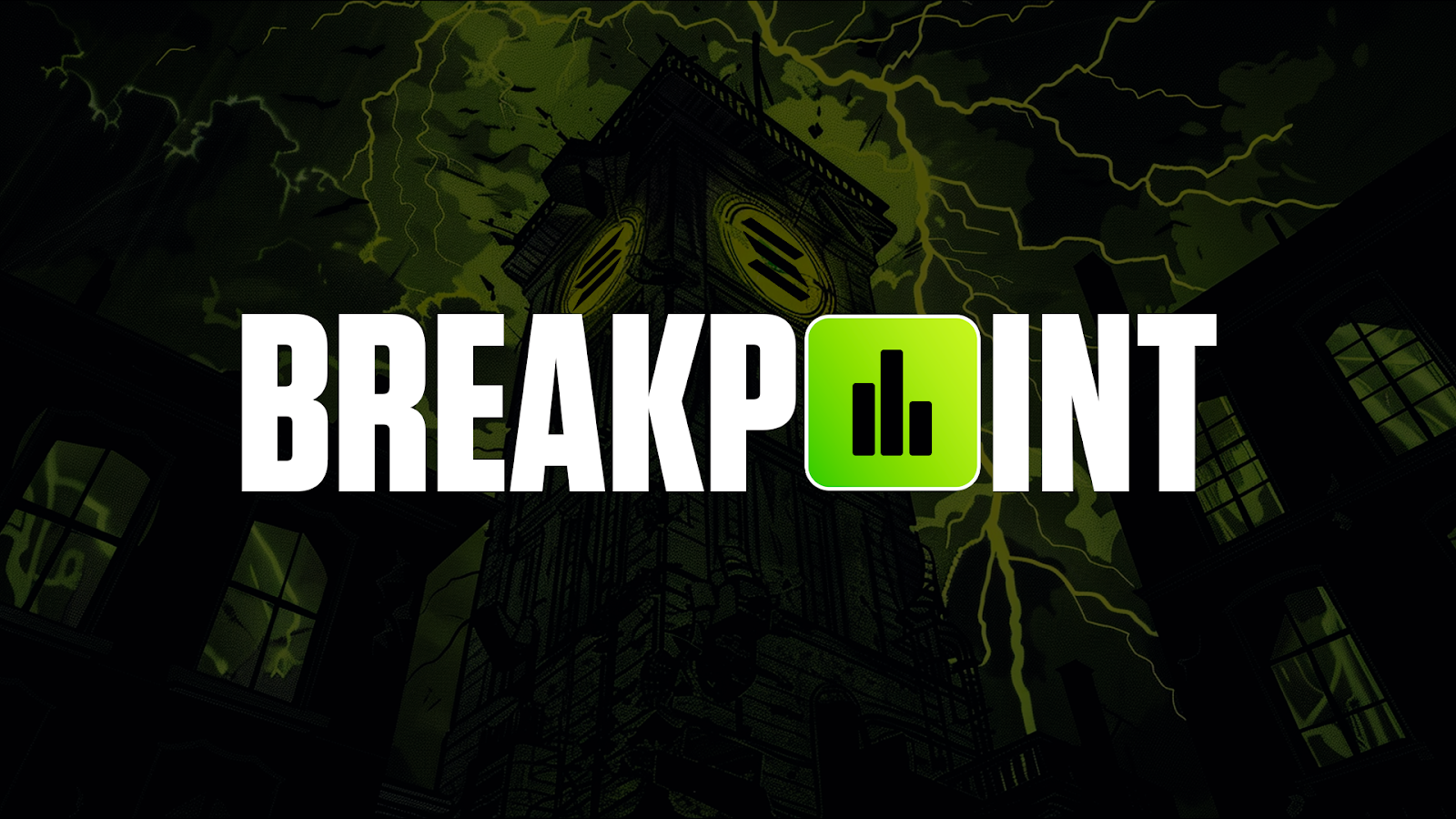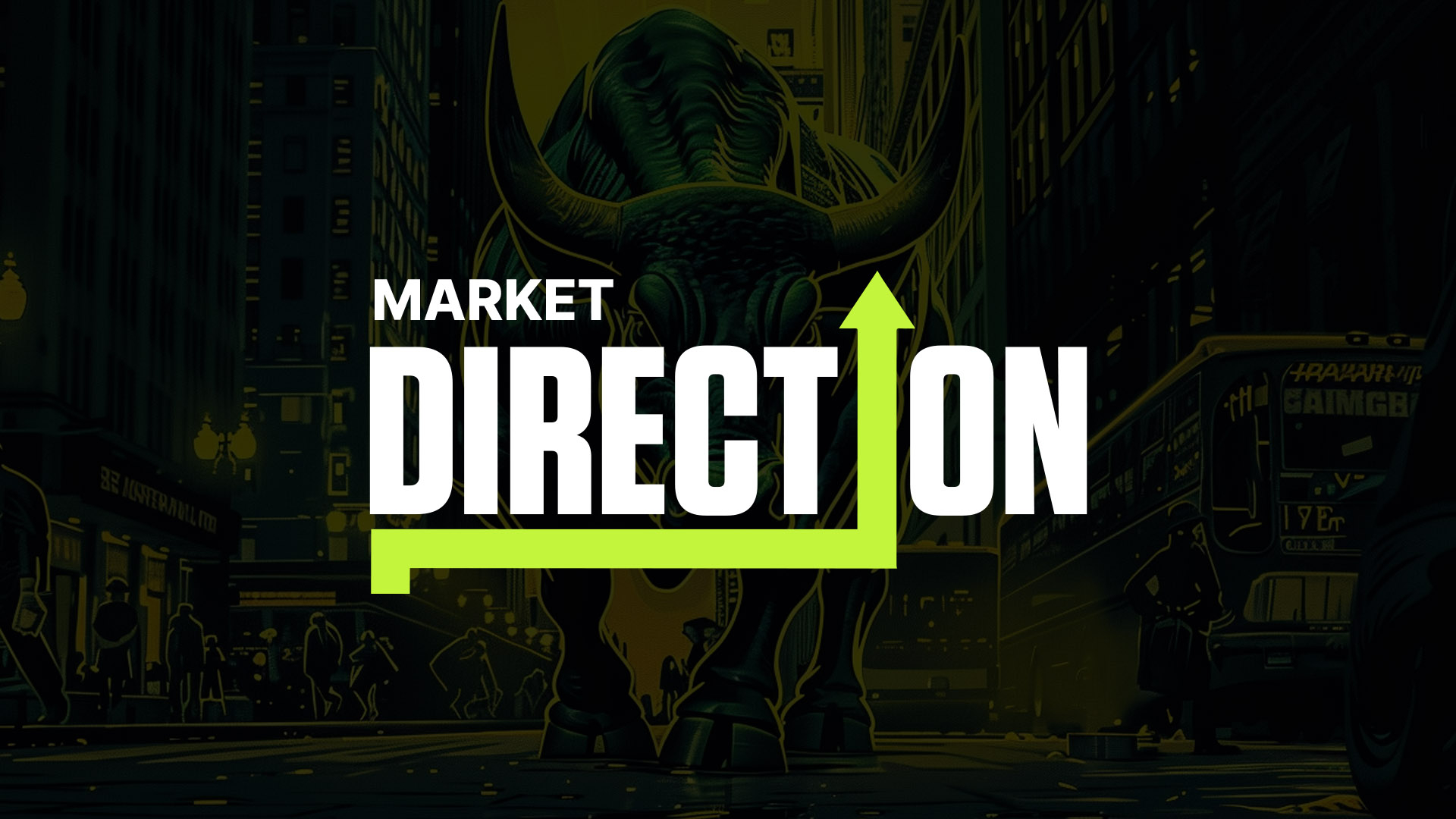Guide: Economics for Beginners
Economics is a broad topic full of complex terms, concepts and theories, so it’s no wonder it can seem confusing to beginners. Simply put, economics looks at people, resources and the choices people make when trying to optimise and conserve these resources.

While becoming an expert economist may not be high on your list, there is no doubt that economics and the insights that can be drawn from it can have a big impact on our everyday lives and how we trade and invest, so it’s important to at least have a basic understanding of how it all works.
This guide is the first part of our series that will serve as an introduction to the world of economics.
Macroeconomics v Microeconomics
The first important thing to note is that economics can be broken down into two general categories: microeconomics and macroeconomics.We already have a dedicated guide which gives the low down on each, as well as an explanation of the difference between the two in the context of crypto, but below is a simple overview.
Microeconomics looks at the decisions of individuals and businesses and how these decisions affect the price of an asset (e.g. comparing how many investors have purchased an asset over the last month to how many have sold the same asset).
Macroeconomics takes a wider lens approach by examining the decisions made by a country or government that may affect the price of an asset (e.g. a country’s crypto regulations).
Key Economic concepts
At the most basic level, economics centres around four key concepts: 1. Scarcity, 2. Supply and Demand 3. Costs and Benefits, and 4. Incentives.The concept of scarcity relates to the fundamental issue that the world has limited resources to meet seemingly unlimited wants. This calls for the need for some kind of system that guides decisions on how to allocate these resources in the most efficient way. One such ‘system’ is through markets that are driven by supply and demand.
A detailed explanation of the law of supply and demand is beyond the scope of this guide, but in simple terms, it helps to explain the relationship between the price of a resource (i.e. good, service or product) and people’s willingness to buy or sell it. Hypothetically speaking, as prices increase, sellers are willing to supply more, and buyers are willing to spendless. The opposite is the case when prices fall.
Taking a very simplified example, if a lot of people want to buy wine, the demand for wine is considered to be high. Because of this, sellers may begin to charge more for wine, making more profit. Other sellers may want to get in on the action by also producing wine, meaning that the supply increases. This in turn could lead to a situation where after a few production cycles, there is so much wine available relative to the demand that the price decreases.
A very important point to note is that there are multiple other factors that can cause levels of supply and demand to fluctuate. We’ll dive into supply and demand in more detail in our upcoming guides (including how it applies to crypto), so keep an eye out!
The concept of costs and benefits is all to do with the theory of rational choice (and rational expectations). Economics generally assumes that people behave ‘rationally,’ meaning that when we make decisions, we aim to maximise the ratio of benefits compared to costs. Using wine as an example again, wineries may decide to hire more staff to produce more wine, but only if the profits that they will make justify the added costs of the additional salaries and materials. Weighing up costs versus benefits is also widely present in our daily mundane decisions. An example would be making the decision to go to work every day, as the benefit of having a day off generally doesn’t outweigh the cost of losing out on pay/employment.
However, we know all too well that our decisions are not always rational and can instead be fuelled by emotion or other factors that do not necessarily bear the principles of cost versus benefit in mind. Again, we’ll have more on this in upcoming articles!
The last concept is incentives. Generally speaking, incentives are anything that motivates someone to do something. There are two main types: intrinsic and extrinsic. Intrinsic incentives come from within, meaning that a person does something purely for the sake of it/ for their own personal satisfaction (e.g. taking up a new hobby).
On the other hand, extrinsic incentives involve some kind of external reward (e.g. money) for carrying out an action, or a punishment (e.g. fine) for failing to do so. Strictly speaking, all economic incentives are considered to be extrinsic. There are lots of different types, but some examples include financial incentives (any monetary benefit given to individuals, businesses or other organisations to encourage a particular action or decision) and tax incentives (reductions in tax to encourage spending on certain goods, services etc.).
Why you should learn about economics
On one level, economics helps us to understand the hows and whys of our purchasing choices. On a broader level, learning about economics provides us with important insights into how decisions are made and how rules affect outcomes.Ultimately economics affects everyone. Learning about how markets operate, how governments plan policies and how economic forces power social systems can help us to make more informed decisions, be that with major life events or everyday choices.
Crypto and the global economy
The state of the world’s economy plays one of the biggest roles in the price of most assets - crypto is no exception.Because crypto is, for the most part, decentralised, it’s affected by the macroeconomic events of almost every country. Local governments, laws or incentives implemented can have both a positive or negative effect on market sentiment (e.g. India’s 30% tax on crypto). Some countries have encouraged the uptake of crypto by facilitating its access (e.g. Bitcoin is a legal tender in El Salvador, Bitcoin’s Exchange-Traded Fund (ETF) is tradeable on Brazil’s and Canada’s public markets).
Periods of expansion and recession also significantly influence the type of assets that people are willing to hold. When the economy is prospering, there’s more money to go around, meaning that people are more willing to invest in ‘risk-on’ assets (assets considered to be riskier investments) like crypto. The opposite is true during times of recession, where people either conserve their wealth for more immediate consumption or are more willing to invest in assets that are ‘risk-off’ (considered to be a safer bet during times of economic uncertainty, e.g. gold). For a more in-depth overview of all this, including what’s happening with the current state of crypto, check out our free macroeconomics report series.
Comment and share if you found this guide useful! Also keep an eye out for more economics guides coming soon!
Disclaimer: We do not give any financial advice. Instead, our guides and tutorials are created to provide you with information about the crypto space. The decisions that you make are completely up to you and remember that your capital is at risk when investing in crypto.
Continue reading by joining Cryptonary Pro
$497/year
Get everything you need to actively manage your portfolio and stay ahead. Ideal for investors seeking regular guidance and access to tools that help make informed decisions.
For your security, all orders are processed on a secured server.
As a Cryptonary Pro subscriber, you also get:
3X Value Guarantee - If cumulative documented upside does not reach 300% during your 12-month membership, you can request a full refund.
24/7 access to experts with 50+ years’ experience
All of our top token picks for 2025
On hand technical analysis on any token of your choice
Weekly livestreams & ask us anything with the team
Daily insights on Macro, Mechanics, and On-chain
Curated list of top upcoming airdrops (free money)
3X Value Guarantee
If cumulative documented upside does not reach 300% during your 12-month membership, you can request a full refund.
Our track record speaks for itself
With over 2.4M tokens and widespread misinformation in crypto, we cut through the noise and consistently find winning assets.
Our track record speaks for itself
With over 2.4M tokens and widespread misinformation in crypto, we cut
through the noise and consistently find winning assets.
Frequently Asked Questions
Can I trust Cryptonary's calls?
Yes. We've consistently identified winners across multiple cycles. Bitcoin under $1,000, Ethereum under $70, Solana under $10, WIF from $0.003 to $5, PopCat from $0.004 to $2, SPX blasting past $1.70, and our latest pick has already 200X'd since June 2025. Everything is timestamped and public record.
Do I need to be an experienced trader or investor to benefit?
No. When we founded Cryptonary in 2017 the market was new to everyone. We intentionally created content that was easy to understand and actionable. That foundational principle is the crux of Cryptonary. Taking complex ideas and opportunities and presenting them in a way a 10 year old could understand.
What makes Cryptonary different from free crypto content on YouTube or Twitter?
Signal vs noise. We filter out 99.9% of garbage projects, provide data backed analysis, and have a proven track record of finding winners. Not to mention since Cryptonary's inception in 2017 we have never taken investment, sponsorship or partnership. Compare this to pretty much everyone else, no track record, and a long list of partnerships that cloud judgements.
Why is there no trial or refund policy?
We share highly sensitive, time-critical research. Once it's out, it can't be "returned." That's why membership is annual only. Crypto success takes time and commitment. If someone is not willing to invest 12 months into their future, there is no place for them at Cryptonary.
Do I get direct access to the Cryptonary team?
Yes. You will have 24/7 to the team that bought you BTC at $1,000, ETH at $70, and SOL at $10. Through our community chats, live Q&As, and member only channels, you can ask questions and interact directly with the team. Our team has over 50 years of combined experience which you can tap into every single day.
How often is content updated?
Daily. We provide real-time updates, weekly reports, emergency alerts, and live Q&As when the markets move fast. In crypto, the market moves fast, in Cryptonary, we move faster.
How does the 3X Value Guarantee work?
We stand behind the value of our research. If the documented upside from our published research during your 12-month membership does not exceed three times (3X) the annual subscription cost, you can request a full refund. Historical context: In every completed market cycle since 2017, cumulative documented upside has exceeded 10X this threshold.


















